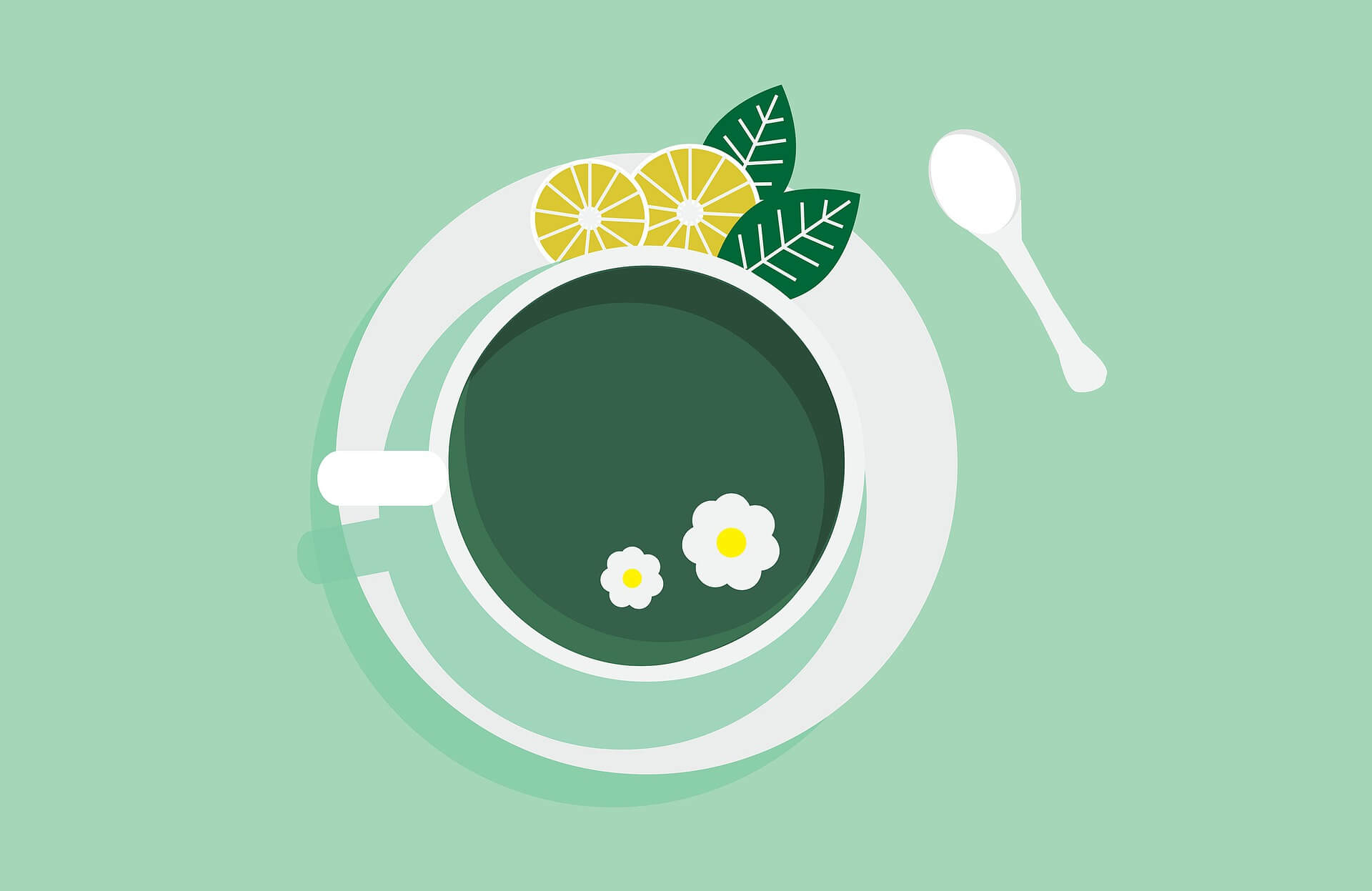All About Green Tea
About your Tea
About your Tea
The Camellia sinensis plant yields green tea. A variety of teas, including black and oolong teas, are made from its dried leaves and leaf buds. The Camellia sinensis leaves are steamed, pan-fried, and then dried to make green tea...
The leaves and buds of the Camellia sinensis plant are used to manufacture green tea, which has not gone through the same withering and oxidation processes as oolong and black teas. Since its invention in China, the manufacturing and processing of green tea has spread to various East Asian nations.





Caffeine levels in green tea are low. For every gramme of tea, it contains 12 to 28 milligrammes on average.
The advantages of brewed tea are not present in bottled tea. Usually, during the bottling process, some antioxidants are lost.
After a hard day, drinking green tea can help you relax. It has L-Theanine (-glutamylethylamide), an amino acid that helps the neurological system relax.
One of the "least processed" varieties of tea is green tea because it doesn't go through a fermentation process.
The cognitive benefits of green tea are beneficial. A study published in the journal Psychopharmacology found a beneficial correlation between drinking green tea and enhanced memory.
